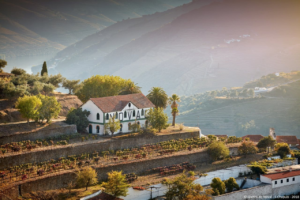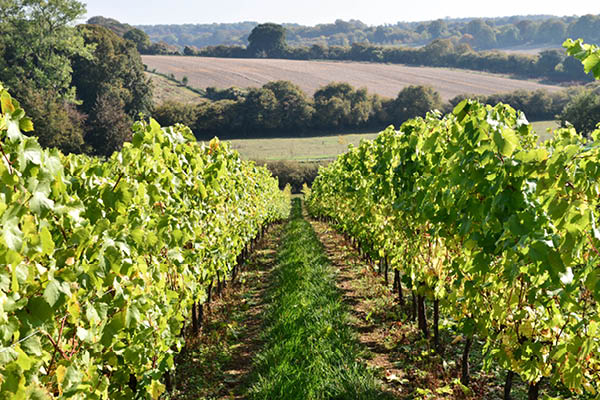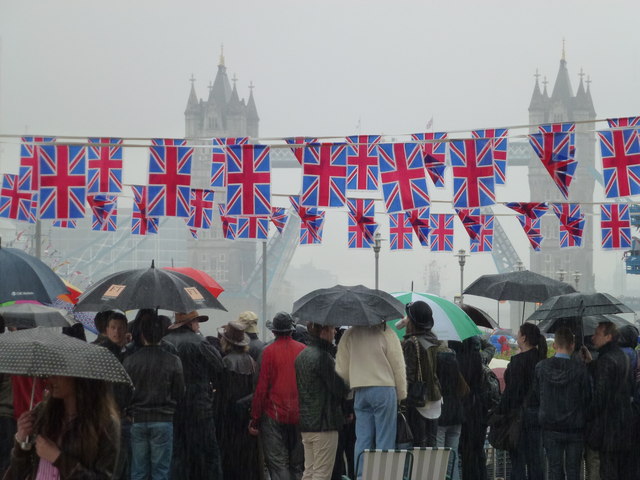A Vineyard Diary Part 1
Late March 2020
Vineyards and Coronavirus
Vineyards are deceptively dangerous things.
Like sirens calling sailors to the rocks, they sing a song of natural beauty whilst the perils – and there are many – remain concealed.
Our own first siren-call, etched clearly in our minds, was in September 1998.
We were staying as a guest of Christian’s at Quinta do Noval vineyard, in the Douro Valley, for the ‘Vindima’, or harvest.
With young children and hectic work and family schedules we were, at that point in our lives, as much inclined to seek to own a vineyard as to volunteer to space-walk without oxygen, yet we were unknowingly about to experience our first call to the rocks.
It would happen each evening, at the end of a sweltering day, after the last of the wicker baskets, groaning with fruit, had been heaved up through the ancient stone terraces.
We would sit under the Cedar of Lebanon in front of the Quinta, as the shadows lengthened, and sip chilled white port and tonic whilst the distant song of the ‘vindimadores’, treading the grapes in the ‘lagares’ further down the hill, would float back in the cool night air, like a siren-call.
There was something almost impossibly romantic about the sound and the place.

It was another ten years before we finally succumbed to the call altogether and decided to plant an English Sparkling Wine vineyard ourselves around our home in Hampshire, in partnership with Christian. And it is now, over 20 years later, that we are embarked on our own, twelfth harvest.

Over the years we have experienced many of the dangers lurking beneath the viticultural romance: the late spring-frosts that in late April and early May can ravage the infant vine-buds just as they are bursting into life; the rain and the cold that can destroy the essential flowering in June; the mildews and botrytis that insinuate themselves like silent assassins as the grapes develop; the marauding song-birds, with their perfect palate for ripe fruit; to say nothing of the wasps and the fruit flies and a whole assortment of other devastating insect-life on the vineyard.
We have experienced, too, the misery of an entirely failed harvest.
2012 was the English wine industry’s ‘annus horribilis’ (it was also the Queen’s Diamond Jubilee: you might remember that chilly, rain-sodden summer as the Thames flotilla lurched through horizontal rain and a soaked Duke of Edinburgh never once batted an eyelid?) One of the more astute English sparkling winemakers proudly announced, Yquem-like, (although no doubt through gritted teeth), that they would make no wine that year. Nor did we, as it happens. The fruit just wasn’t good enough, but we were too grief-stricken to turn it into a PR coup.

“How”, I remember asking Christian at the time – no doubt sounding like some old testament Israelite – “could this happen? Just how much more can be thrown at us?”
“Lots” he replied, a master of sanguine.
He has been doing this for far longer, and is rather more grown up about it.
“We have never had giant hailstones in England, that can destroy a harvest, and sometimes an entire vineyard, as frequently happens on the Continent. Nor do we suffer from excess heat, that can shrivel the fruit to raisins. Nor,” he added, warming to his theme, “do we suffer from grape-eating racoons, as they do in Germany, or wild boar in Italy, baboons in South Africa, or glassy winged sharpshooter flies in California.”
Of course he is right.
The vineyard is always greener on the other side and, as the sirens will attest, they are treacherous things wherever you are.
But then, as we now all know, came Coronavirus…
(To be continued)